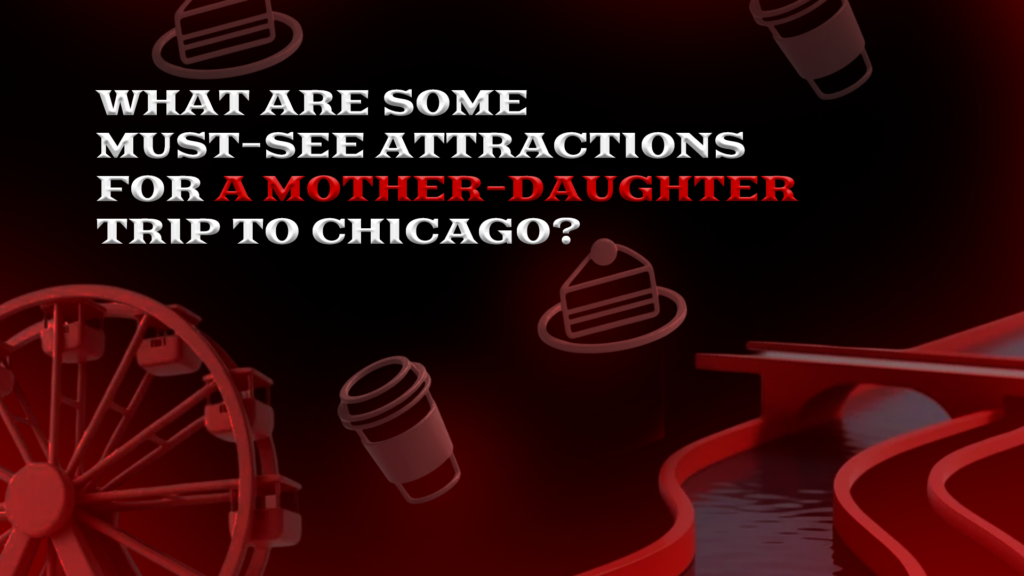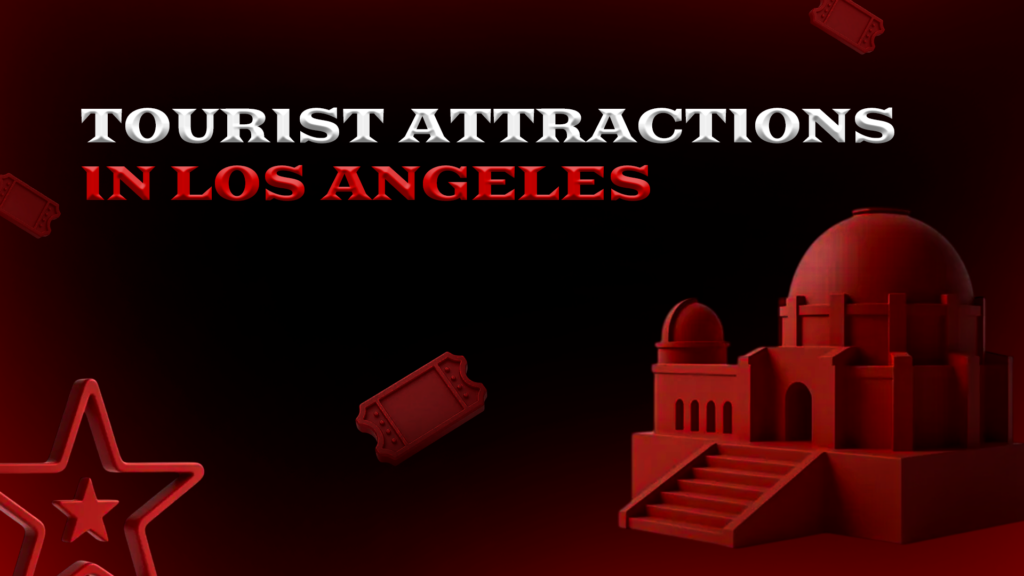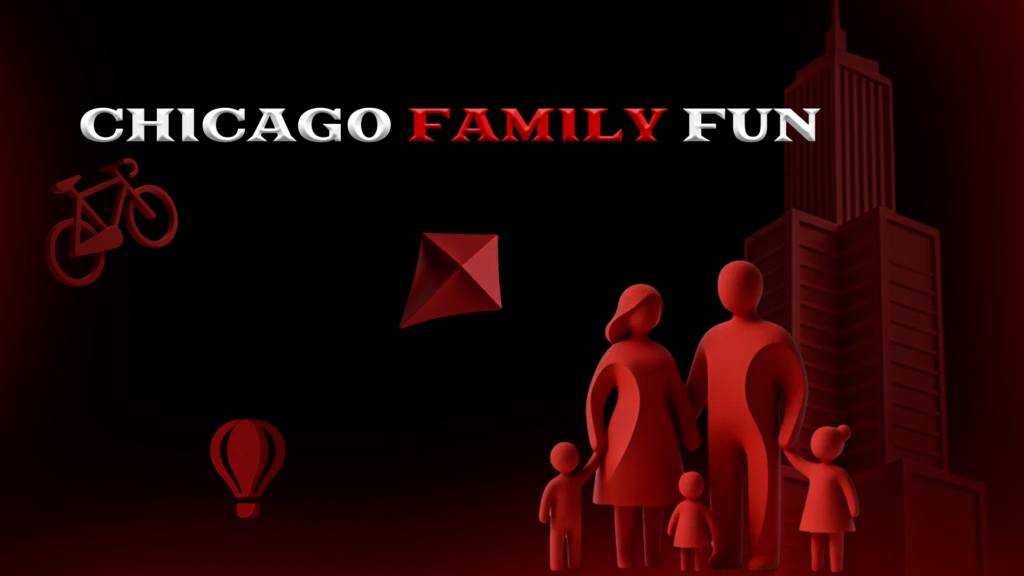A Glimpse into a Painful Past
Throughout history, justice systems have employed harsh measures to maintain order, but few periods were as openly brutal as the Middle Ages. The historical use of torture during this time wasn’t limited to extracting confessions or punishing crimes-it was also a form of mass entertainment. Torture as public spectacle drew large crowds, turning justice into theater, pain into performance.
Public Executions: Fear, Power, and Morality
Public executions in medieval times weren’t just a tool for punishment and control in the Middle Ages; they were strategic performances designed to reinforce authority and instill fear. These gatherings often took place in town squares where the executioner-clad in symbolic garments-would preside over ceremonies that blurred the lines between ritual and repression. These public acts were lessons in obedience and submission, reinforcing societal norms through shared horror.
Entertainment Through Torture
It may seem shocking today, but entertainment through torture was a common part of medieval society. Devices such as the Iron Maiden or the rack weren’t just tools of brutality-they were symbols of justice and deterrence. The psychological impact of medieval torture was intended not only for the victim but also for the crowd, shaping collective belief in the moral order of the time. Spectacle and punishment were entwined, and pain as justice in the past became a terrifying form of communal morality.
The Role of the Executioner
The executioner was both feared and revered, a grim figure of dominance and discipline. Charged with carrying out society’s harshest punishments, these individuals performed before a crowd with an eerie formality. The act of torture became a form of theater, a ceremony reinforcing tradition and hierarchy, while deeply embedding fearmongering as a tool of control.
A Society Shaped by Shame and Retribution
Medieval society and torture were deeply interconnected. The use of violence was justified by the desire for retribution and the belief in divine justice. Shame was not only inflicted on the body but also carved into the mind of the public. The crowd’s participation-cheering, judging, gasping-was a crucial element of these events, which fused horror with spectacle, justice with guilt.
Curious to See the History for Yourself?
If you’re intrigued by the grim realities of the past and the psychology behind medieval punishment, explore these dark chapters at the Medieval Torture Museum in Chicago, Medieval Torture Museum in LA, and the Medieval Torture Museum in St. Augustine. Our blog dives even deeper into the nuances of power, justice, and pain.
And if you’re looking for things to do in San Diego but can’t seem to find anything spine-tingling enough, maybe it’s time for a short trip. Immerse yourself in a visceral, unforgettable experience by visiting our museums-where the haunting echo of medieval torture and entertainment still lingers in every exhibit.






